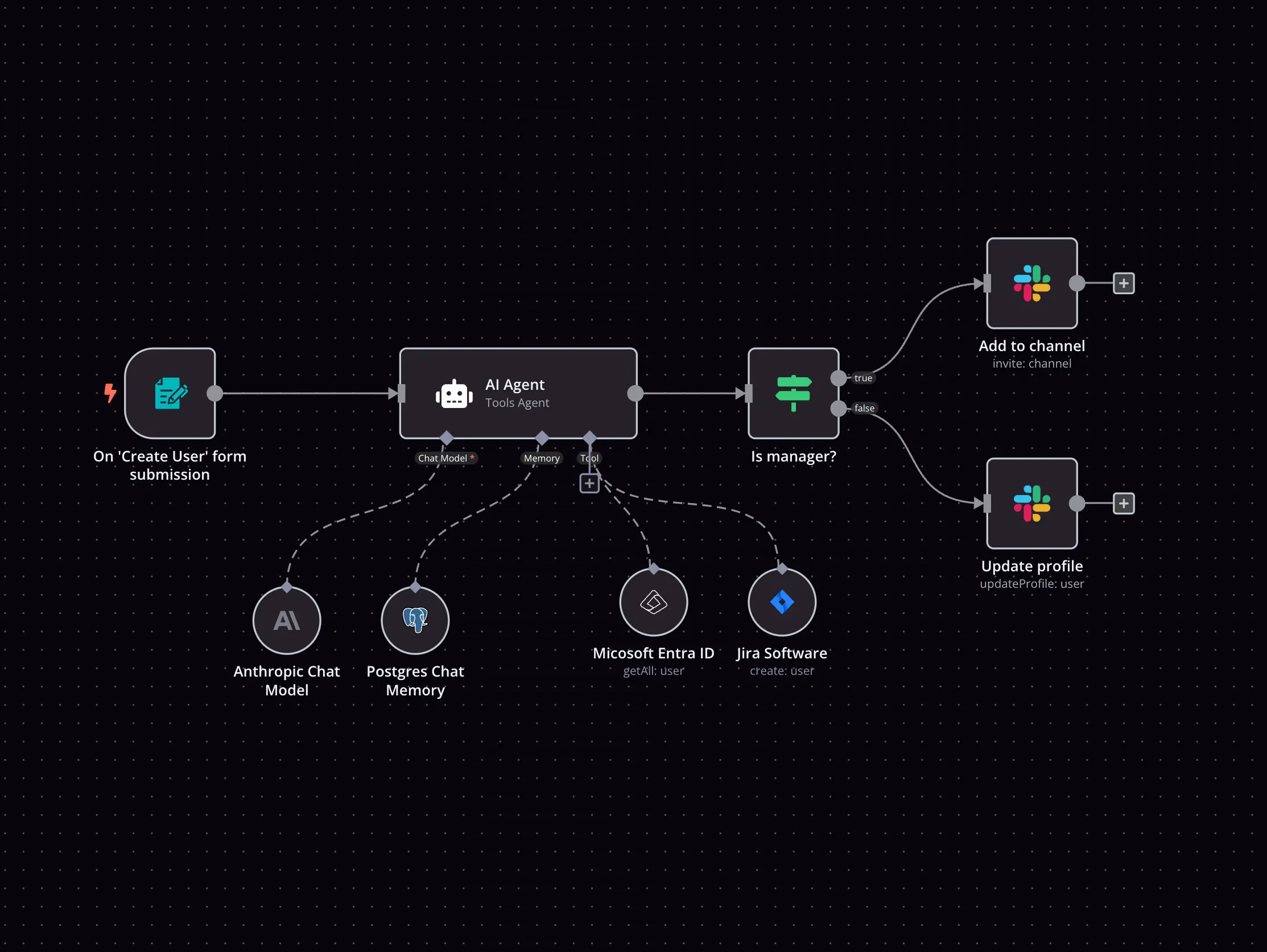Elastic Security and YepCode integration
Save yourself the work of writing custom integrations for Elastic Security and YepCode and use n8n instead. Build adaptable and scalable Development, workflows that work with your technology stack. All within a building experience you will love.
How to connect Elastic Security and YepCode
Create a new workflow and add the first step
In n8n, click the "Add workflow" button in the Workflows tab to create a new workflow. Add the starting point – a trigger on when your workflow should run: an app event, a schedule, a webhook call, another workflow, an AI chat, or a manual trigger. Sometimes, the HTTP Request node might already serve as your starting point.
Build your own Elastic Security and YepCode integration
Create custom Elastic Security and YepCode workflows by choosing triggers and actions. Nodes come with global operations and settings, as well as app-specific parameters that can be configured. You can also use the HTTP Request node to query data from any app or service with a REST API.
Elastic Security supported actions
Create
Create a case
Delete
Delete a case
Get
Get a case
Get Many
Retrieve many cases
Get Status
Retrieve a summary of all case activity
Update
Update a case
Add
Add a comment to a case
Get
Get a case comment
Get Many
Retrieve many case comments
Remove
Remove a comment from a case
Update
Update a comment in a case
Add
Add a tag to a case
Remove
Remove a tag from a case
Create
Create a connector
What can you do with YepCode?
Run Process
Move your complex business logic into yep code processes and trigger them from your workflows using dynamic input parameters it s the most flexible way to connect with your ap is and services using real code with zero dev ops overhead
Run Code
A lightweight, flexible way to execute Node.js or Python code on demand — directly from your workflows or AI agents. The run_code tool runs in secure cloud sandboxes with full support for NPM and PyPI dependencies (https://yepcode.io/docs/dependencies), access to secrets, APIs, and databases. Perfect for quick scripts, dynamic logic, or AI-generated code.
Elastic Security and YepCode integration details
Elastic Security
With Elastic Security, you can prevent, detect, and respond to attacks on your organization. Years of data are analyzed by Elastic Security, which also automates crucial procedures and secures every system.
Elastic Security node docs + examples
Elastic Security credential docs
See Elastic Security integrations
Related categories
FAQ
Can Elastic Security connect with YepCode?
Can I use Elastic Security’s API with n8n?
Can I use YepCode’s API with n8n?
Is n8n secure for integrating Elastic Security and YepCode?
How to get started with Elastic Security and YepCode integration in n8n.io?
Looking to integrate Elastic Security and YepCode in your company?
The world's most popular workflow automation platform for technical teams including
Why use n8n to integrate Elastic Security with YepCode
Build complex workflows, really fast


